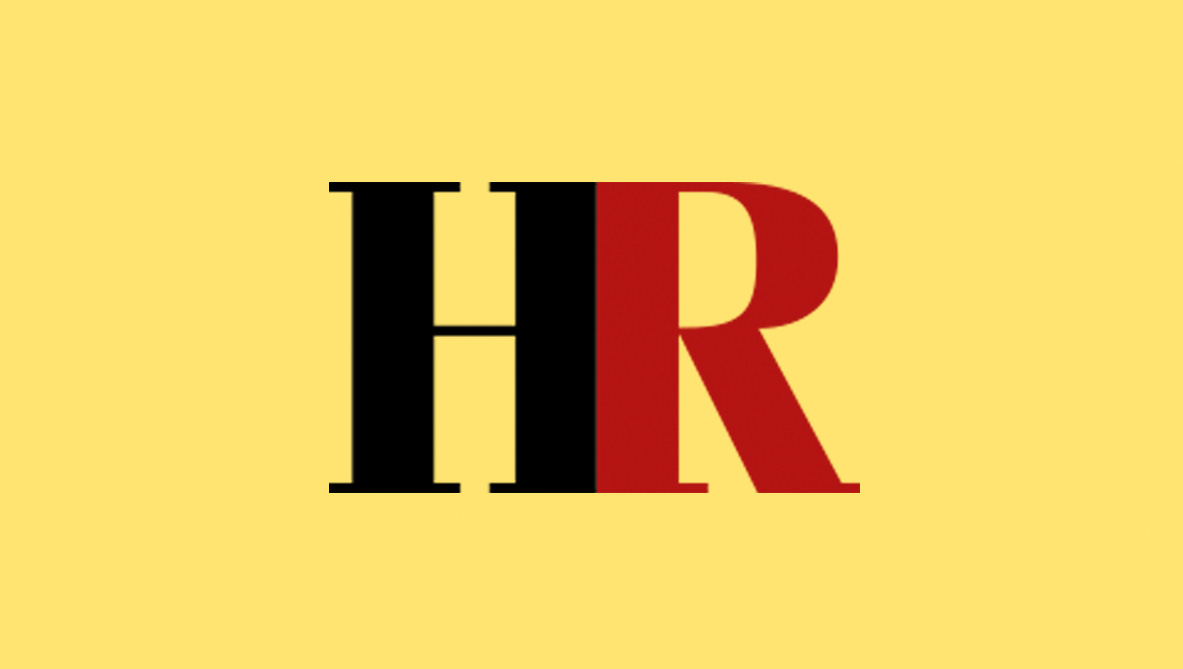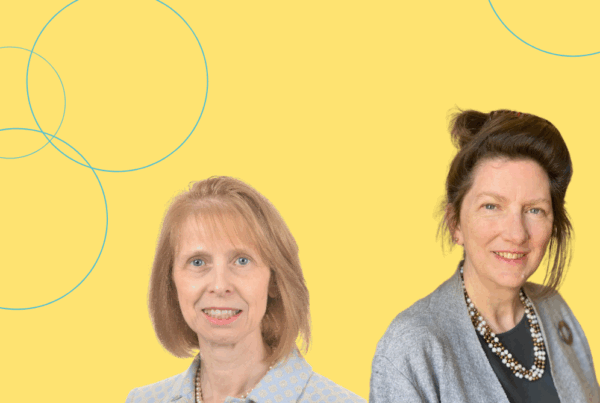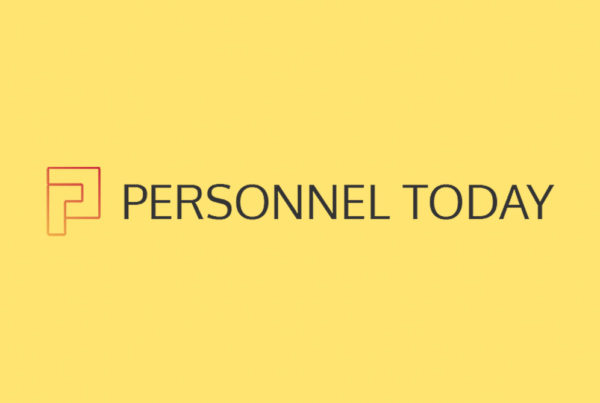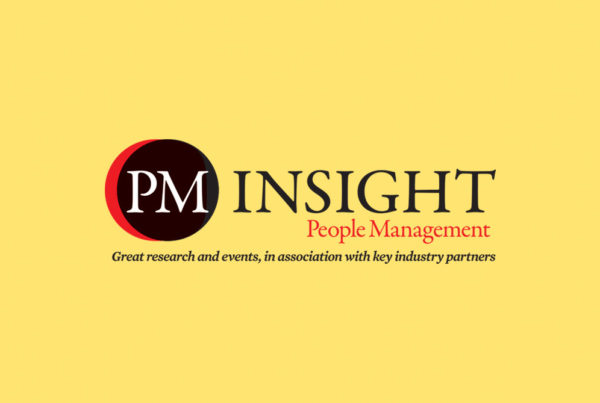
READ. You hit send. One micro-task off the list. And added to someone else’s. Next!
Perhaps it is unsurprising that, prompted by lockdown experience, many organisations are turning to messaging platforms like Slack and Teams, in an attempt to liberate staff bogged down in the Outlook inbox and to enable smarter working by dispersed and hybrid teams.
Even before the pandemic, distractions at work were increasing. Famously, the academic psychologist Glenn Wilson showed that trying to manage emails, text and phone messages had a worse effect on the IQ of his research participants that taking cannabis would. His study predates Slack and Teams. Might they help manage the unmanageable? “Slack is where work happens,” says the Slack website. “Collaboration and teamwork are the defining characteristic of modern organisations,” says Microsoft.
“Focused attention is one of the key components of a knowledge-driven economy,” says a recent report from the Economist Intelligence Unit. “It is essential for creativity, problem-solving and productivity”. But 18% of respondents in the EIU report checked their email every few minutes, 70% at least once an hour.
And – spoilers – in today’s workplace our attention is constantly being pulled away from the task in hand. The study showed that half of workers are unable to spend more than one uninterrupted hour a day on a task.
The ex-Microsoft consultant Linda Stone, who contributed to the report, has described this state of always-on distraction as “continuous partial attention”.
Looking more closely at that EIU report, it is true that email is responsible for 29% of unwanted workplace distraction. But what’s that coming up fast on the inside rail? Ah, “incoming chat messages from work-related people”, already at 16%, in a world of work where every office based job uses email, but not every one yet uses Slack.
Are we in danger of substituting one digital form of overload for another, shinier, newer one?
Possibly. But one more nugget from the EIU. What is the top source of distraction? At 34%, it is “face-to-face interruptions from colleagues about work-related tasks”.
I wonder whether it is time for a re-set. To acknowledge that time is as important a currency at work as money is, and that it needs to be respected and budgeted in the same way.
Neil Piper, Interim General Manager at Kentucky Fried Chicken, talks about the importance of respecting and enabling people to use their time as becoming central to KFC’s focus on wellbeing and on purpose at work. At its simplest, ‘leave me the cluck alone’ time is space in everyone’s day to use as they wish, a recognition by KFC that, as Piper puts it, “this relentless, screen to screen, zoom meeting to zoom meeting is not sustainable”. KFC has also introduced ‘virtual commutes’, with time before 0900 and after 1730 blocked out, so that nobody can impose on a colleague’s time outside of office hours.
Pandemic-prompted, practical and simple.
And respectful. Which brings us back to those face to face interruptions from colleagues. Thirty years ago, the then CEO of Asda, Archie Norman, worked open-plan alongside his colleagues. When his “office door” was closed, he donned an Asda baseball cap. A simple “do not disturb” signal.
Perhaps every one of us, whether in the office, or working remotely, would do well to hit a mental pause before walking over to a colleague’s desk, or sending a quick message. “Just wondered if…” might save me seconds but cost you your concentration.
Published in HR Magazine 23rd March 2022 https://www.hrmagazine.co.uk/content/comment/instant-message-platforms-productivity-tool-or-just-another-distraction



